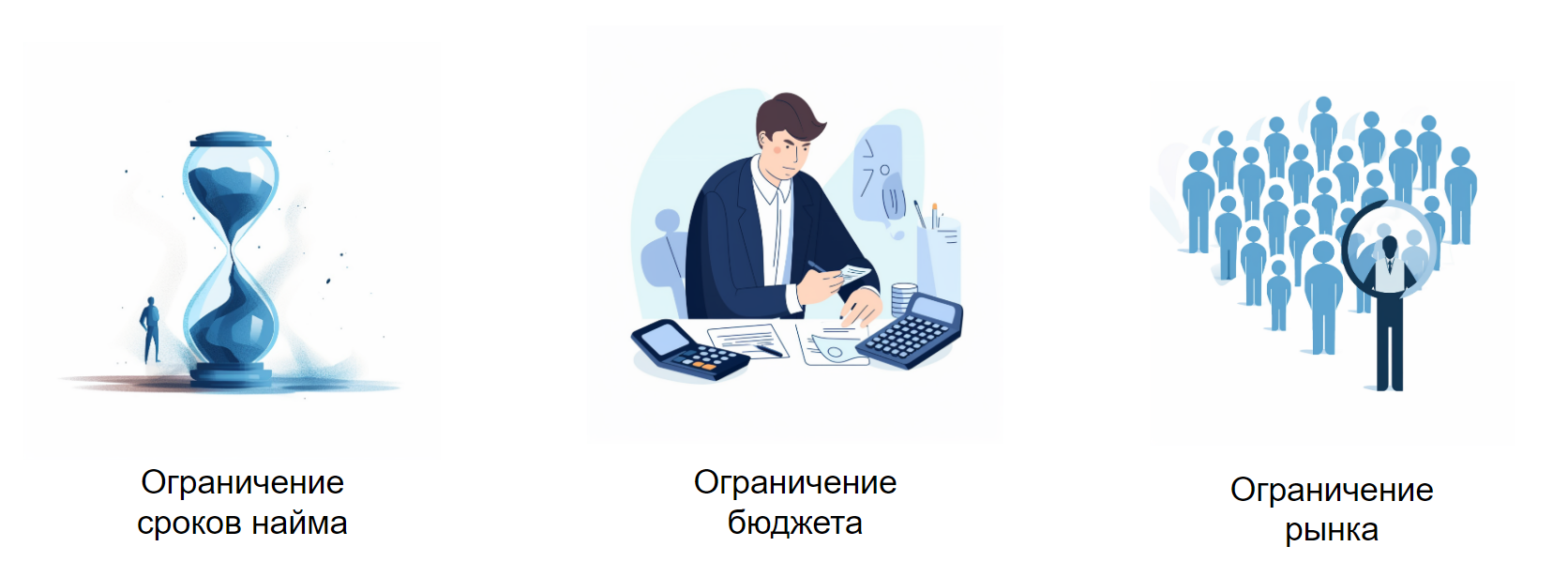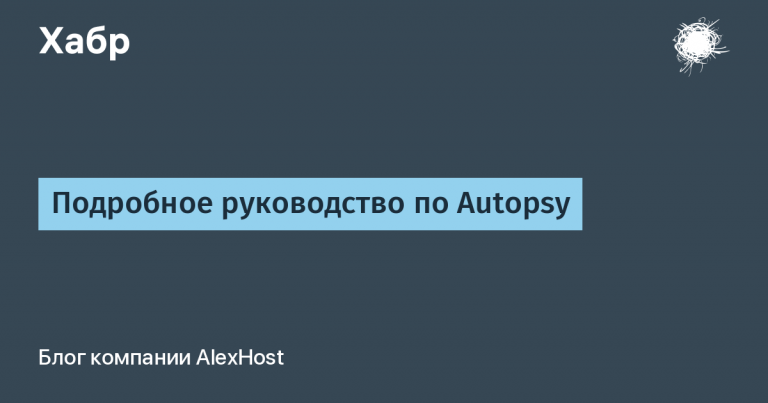By hiring, we create a team. By holding, we create history! (part 1)

In any organization, there is a need to build processes for hiring and retaining employees. Based on my 13 years of experience in managing and developing IT projects in the fields of Food Tech and HR Tech, I have repeatedly faced this challenge. However, building an effective team requires a balance: you not only attract and develop newcomers, but also retain experienced team members.
The employee you retained in the team accumulates experience over time and improves his competencies, coping better with tasks. This is how the history of the team is formed, which helps to achieve new heights and successes. That is why employee retention becomes a key factor in achieving long-term results. In this article, I would like to share my personal experience of working in large companies, both in Russia and abroad, and present my view on how to:
hire staff and get the maximum result;
develop the competencies of employees and maintain their motivation;
it is worth doing so that even after dismissal, former subordinates want to return to you;
I will focus on those aspects that helped me make the workflow as successful as possible.
How to hire staff and get the maximum result?
To successfully hire employees, you need to act quickly, at minimal cost, taking into account the conditions of high competition for candidates. Therefore, it is important to debug such systemwhich will cover all stages of work with candidates, including both standard recruitment protocols and an individual approach to each of them.

First stage the search for employees includes a clear description of the vacancy, namely: working and rest conditions, salary level and the amount of the social package. These criteria allow HR and managers to define a set of requirements for future employees. I recommend creating a single standardized approach to hiring that will depend on the direction of your company.
Pros of this approach:
an objective assessment of the capabilities of candidates based on clear criteria;
saving time and resources on the recruitment process;
interchange of employees in case of partial outflow of personnel.
Cons of this approach:
makes it difficult to attract and select candidates with non-standard experience and profile;
does not take into account the individual qualities, specific skills and characteristics of applicants (their unique skills may be missed).
When a company is working on a large platform product that involves a variety of product development, the advantages of this approach are obvious. And how to level its disadvantages? For example, when hiring an employee in a team that requires a non-standard profile, you can schedule a second stage of the interview so that the applicant can prove himself, demonstrate his experience and skills.
How do we work with candidates?

I. At the first step of HR selects resume according to the criteria provided by the lead of the technical direction. After that, the engineer supervising the interviews comes into play. He makes an initial selection of candidates and specifies for HR who should be invited for an interview.
II. Interviews are scheduledconducted by a group of engineers. They meet directly with candidates.
Interviewers are the face of the company and therefore it is important that they are interested in their work. By choosing motivated interviewers, you increase the popularity of your tech brand and can attract top talent.
How to achieve this? We have developed a special training program for interviewers, consisting of several stages.
First, an engineer interested in being an interviewer attends several interviews (from 3 to 6) as a free listener. The employee needs to see how the process goes and tune in to it. Then we hold an additional meeting for discussion and reflection;
An engineer tries himself as an interviewer. At first, he participates in only one section of questions. For example, if it’s a front-end developer, they might choose a section about React or JavaScript.
A new meeting is held with the engineer, we discuss the experience of his participation in the interview, as a result of which a team of experienced interviewers decides on his further participation in the process.
The recruitment process is quite expensive, so it is important to keep interviewers interested and motivated through development and promotion opportunities. Colleagues and management can (and should!) provide gifts and merch for active participation in the life of the team.
* When selecting an employee for a group of interviewers, we take into account not only his technical knowledge, but also look at his soft skills of working in a team.
III. The interview process is standardized.
To simplify the work of the hiring manager and facilitate the selection process of candidates:
me a common template form. It was created on the basis of an IT competency matrix, which contains all the possible skills that any engineer needs. Thus, we can evaluate candidates according to their professional level, which ensures a more accurate and objective selection of personnel.
Interviewers select preselected time slots for conducting interviews, minimizing the problems of combining workflow and interviews. Each specialist chooses at least two slots per week that are convenient for meetings, which improves predictability and scheduling of working hours. To manage this, you can use services like confluence or https://calendly.com/. By agreement, the recruiter does not arrange interviews outside these slots without additional agreement with the interviewer.
During the interview, we We try to create a comfortable atmosphere. Check with the candidate whether he understands enough what your company, division, team is doing. If not, spend an extra 5 minutes talking about what your business is about, what team size, structure, and technology you use. After that, tell how long the interview will take and what parts it will consist of. Explain to the candidate that during the interview, the course of his thoughts and reasoning is more valuable than the accuracy of the answers, and if he is not familiar with some areas of knowledge, then you can skip them.
At the end of the meeting, the interviewer fills interview report.
IV. Assembling the puzzle – adding up the final picture of the candidate’s skills.
When choosing, it is important understand what the candidate is looking for in the job. For example, many companies allow their employees to work remotely. If we cannot offer such an option, then we must be honest with the candidate. Find out what motivated the applicant to leave the previous project. This will help make sure that a new employee in your company does not encounter something that is uncomfortable for him.
Also valuable hear (Just hear!) what and how he says about his experience in teaching and planning, to understand the depth of his knowledge.
Practical tasks related to code development, such as code interpretation and life coding, allow us to evaluate the skills of working with algorithms and how the applicant solves problems. The depth of his knowledge can also be judged through dialogue.
I note that I partially agree with the position that knowledge of algorithms is of no practical use in work. At the same time, the ability to solve problems of this type (even if trained) demonstrates the analytical skills, logic and creativity of a person. Successful implementation of the algorithms indicates the candidate’s ability to effectively solve complex problems in the work.
A separate block of interview questions for assessing soft skills can be omitted. The interviewer simply leaves notes about the candidate’s communication skills, his proactivity and other important qualities that he could note during the interview.
Often after the interview, the candidate is interested in what he did and did not succeed. If you can give good feedback, it will also add social points to your tech brand. Briefly indicate the strengths and weaknesses of the candidate, recommend training materials. By our agreement with the recruiter, the information that the interviewer writes in this block is passed on to the candidate after the interview.
The interviewer’s comments should be passed on to the hiring manager so that the latter can understand whether the candidate is suitable for the position. An effective interview report helps in this process and has been used by our company for many years.
After the interview is over, the interviewer fills out a report, which is passed on to HR and then to the manager.
After the interview

After the interview, we ask the candidate to complete a brief feedback report. It is important to explain that this report does not affect the outcome of the interview, but only helps us improve the interview process. We regularly meet with interviewers, analyze feedback and adjust approaches. To do this, you can use any of the popular survey services, including google drive provides such an opportunity.
In the feedback report, we ask questions about the atmosphere in which the interview took place, the relevance of the questions asked, the applicant’s understanding of the tasks and his desire to work with the interviewer. We then ask for comments with recommendations for improving the interview process. All this helps us to make the right decision.
Based on the results of the interview, it is important to give the applicant feedback and recommendations on what can be changed and what should be strived for.
Examples of questions to the applicant:
I felt comfortable during the interview;
The interview questions were relevant to my experience and specialization;
I understood what tasks I would have to solve if I was hired for the proposed position;
I understood all the questions the interviewer asked;
How do you assess the level of professional competence of the interviewer;
What I would like to change in the format of the interview.
Urgency and recruitment rules
We form a list of priorities in the selection of candidates, taking into account the urgency of projects and business tasks. For example, we encountered the following situation: the applicant did not wait for the second interview, and the hiring manager lost it.
So there is a 24 hour rule. According to him, the hiring manager must take the initiative within 24 hours, meet with the candidate and decide whether he is ready to take the applicant on the project. If the manager does not respond within 24 hours, our priorities suggest that then other teams start working with the candidate. The recruiter who leads the candidate is responsible for monitoring the deadlines. This speeds up the recruitment, selection and interview process.
How does cross-platform affect hiring?
Important in hiring employees is to determine the approach to development. So, in recent projects, we have used a cross-platform approach using React Native. This allowed us to use a single developer profile for web and mobile platforms, which simplified the process of finding candidates. To solve native problems, we formed a core team, and all those who know React can develop business features, this allowed web developers to also deal with mobile applications. This opportunity began to attract candidates, as working with web development they could also pump into the field of mobile applications.
For internal employees, this created an opportunity for further career growth, because they were able to acquire additional competencies and apply them. Thus, we managed to overcome the objective limitations in the field of recruitment. By streamlining processes, we were able to accurately and quickly hire candidates who began to come to us, which, in turn, removed the influence of market conditions on the problem of finding employees.
Within the available budget, web development employees can also work on mobile applications depending on the needs of the company. We redistribute the load between different areas of work, which allows us to create comfortable conditions for the work of engineers. If there is a need to prepare native modules, a specialized team comes into play that is able to complete the task and move the entire company to success.
What’s next?
In the first part, I tried to talk about the main aspects of hiring standardization and the benefits that it opens up. In the next part, we will touch upon issues related to what to do after an employee joins your team, how you can retain him, involve him in community activities and create a safe and productive atmosphere for him even in conditions when everything that is familiar to him is collapsing at first glance. world.
The material is being prepared for publication, the link will be here a little later)))





